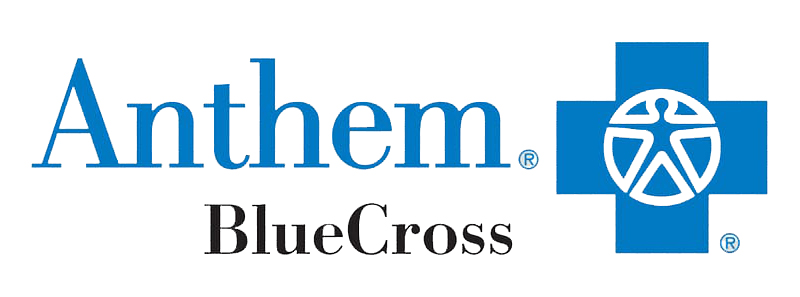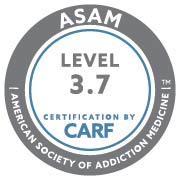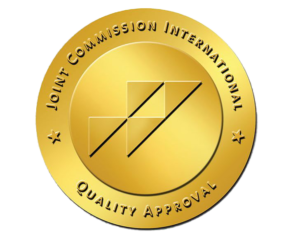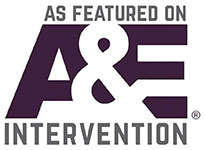Breathing is a simple and subconscious action, but we often take for granted the simplicity of the breath that comes and goes to power our bodies and brains. When someone struggles with anxiety or is working on deep healing, sometimes this simple action, connecting with the breath is a lifeline. Whilst in the midst of emotional turmoil, the one remaining thing they know still happening and keeping them alive whether they recognize it or not, is breathing, and sometimes this helps people realign into a healthy rhythm in recovery. Breathwork itself is a therapeutic way to support people in recovery make better choices about how they are breathing in any given situation to minimize triggers, pain, and other challenges. Learn more about how to incorporate the work of breathing into a healing space in recovery.
Breathing for Healing
Pranayama is one type of breathwork that focuses on gaining greater control of the breath. It starts with slow breathing in and out, the works up to longer periods where people practice breathing in and out slowly to help decrease their stress and anxiety. Exercises that work the diaphragm, engage it in breathing and support it coping with better overall healing support a long-lasting recovery. When people forget to breathe, they can also experience more challenges with digestion and difficulty with sleeping. Finding ways to mitigate these issues an be a cornerstone of healing.
Feelings and Breath
Shallow breathing is what occurs in anxious moments that can lead to panic attacks for some people. People with PTSD who are also in recovery might find their breathing changes when memories are triggered. So much of trauma and pain release is connected to how the individual is breathing at that moment. The depth and quality of the breath help people become aware of what they are ‘holding,’ and when to let go. Deep meditation works to help alleviate anger, insecurities, and healing from addiction with the help of breathing and mindfulness. This is one part of a holistic program, but it can be crucial for some people who really find struggle with a co-occurring mental health diagnosis. Linking physical movement like breathing to the mind can release tension and emotions often held in the body, which retains stress hormones that keep the boy in fight or flight mode. Releasing these can release a person to feel more at ease and rested, it can help with calming during feelings of panic, and it can help provide a pathway to healing from trauma.
Finding a Style
Not all breathwork is treated equally. There are different styles of breathwork that can help a person heal. To find the right style, it takes some time. Usually people are used to shallow breathing in the chest, rather than from the diaphragm. Re-learning how to breathe aids in healing. Here are some examples of breathwork people use in healing that have therapeutic benefits:
- Integral breath therapy: working in an altered state of consciousness that works with the body’s natural pathways of healing
- Holotropic breathwork: developed by a psychiatrist and his wife, this work focuses on deep, rapid breathing
- Rebirthing breathwork: a well-known form of breathwork that was developed to release unconscious energy blocks imprinted during birth
- Shamanic breathwork: specific breathing methods, chakras or energy centers which works with music and movement to overcome emotional blocks for deep healing
- Transformational breathwork: uninterrupted breathing, kundalini yoga, and other elements of energetic healing
Nature and Breathing
There is something about being outside that helps people find their breath. It is hard to be stressed when out in nature. Unless it is a strenuous mountain hike or pushing boulders up a mountain, there are ways to find more time in nature that can bring some peace of mind. Breath walking is one way to incorporate breathing into everyday work of recovery. Walk slower, notice the trees, see leaves falling, listen to the wind blowing, or watch nature like birds and other animals. People watch while walking but be mindful of the breath. Don’t focus on thoughts or feelings. Notice the breath and surroundings. This will help bring more awareness. A best practice is to find a place in nature you personally feel at ease in and connected to. Being in an environment that already brings about calming feelings is a great place to also work on engaging your breath.
To keep moving through recovery while breathing means stopping to think about it. It is not just something that happens to people, it happens through them and within them. When noticing the breath, especially when triggers or cravings kick in, it helps to pause, put one hand on the chest and try to breathe through the diaphragm. Slowing the breath is the best thing a person can do when things feel like they are spinning and anxiety threatens to turn to panic. With anxiety or mental health issues, breathing can become rapid and out of control quickly. Learning techniques to ‘bring down the breath’ or ‘bring breath back to the body’ helps re-center and reorient a person in their own space and time. Although feelings might still spin out of control, you can learn over time focus on the breath and remember some calming techniques that can bring you out of your head and into your body and the present where more peace and calm reside. There are multiple ways to engage the breath, but a person has to find the way or ways that works best for them. It may change with different situations, but the goal is always to return to the breath and make it one with the body so that it brings everything into focus, even if just for that moment. Â
Casa Capri is designed for women who are struggling with addiction to find hope and a purpose. We help women work on their breath and find peace through breathing exercises. There is healing when women remember to be conscious of how they are breathing. We help them learn this and many other tools that support better recovery from addiction. If you or a loved one are ready for help, call us: 844-593-8020
















